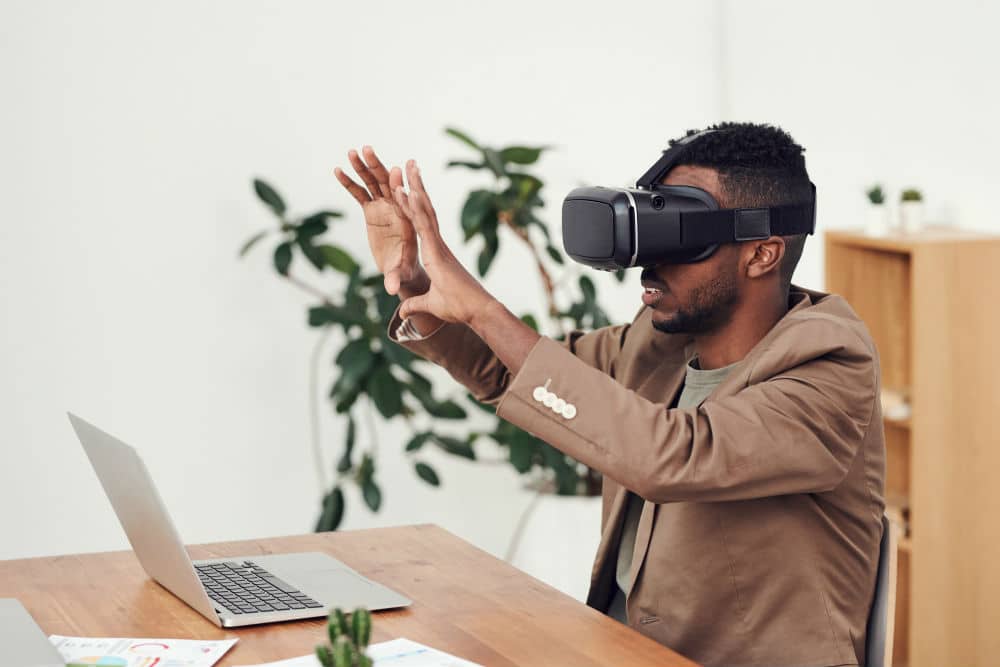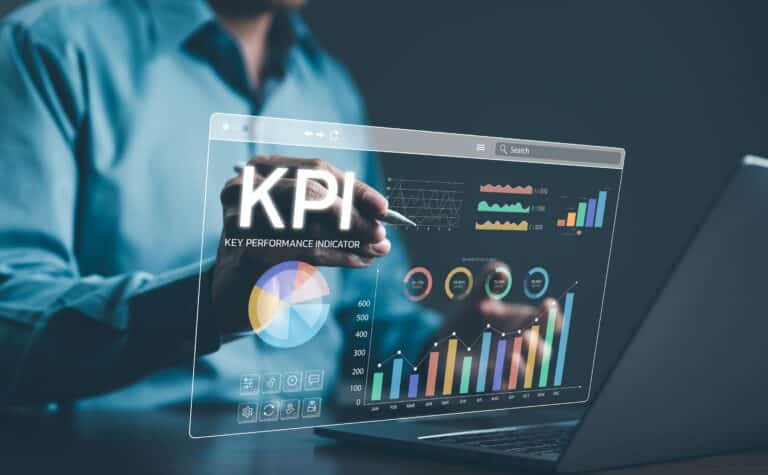Utility providers have traditionally taken a wait-and-see approach to advanced technologies, not often jumping in to be early adopters of innovative tech.
This has changed in recent years. With the customer experience (CX) advancing dramatically across all sectors, utility providers must invest in advanced technologies to remain competitive. Doing so would improve their internal efficiencies and enhance the user’s journey to ensure customer satisfaction.
Virtual reality (VR) and augmented reality (AR) are examples of such a technology that can help utility providers improve internal efficiencies, minimize operational costs, provide better experiences to customers and much more.
So, what actually is VR and AR and how can utility providers use this relatively new type of technology?
What is virtual and augmented reality in the utility sector?
As mentioned in TechWire Asia, augmented and virtual reality solutions have been employed in many operations to improve workflows by creating an effective working environment. When implemented properly, this can be particularly effective in the utilities sector.
Augmented reality and virtual reality, as defined by PC Mag, refers to computer-generated simulations that integrate the real world (AR) or are entirely self-contained (VR). AR applications let you move around in the real world. With VR, you have to remain in the same location because you cannot see your surroundings.
Utilities deal with an increasingly large amount of data, and AR/VR technologies can help them continuously collect, understand and analyze data to ensure their internal processes are running seamlessly and to offer the best experience possible to the customer.
How can utilities use these new technologies to improve the way they work?
Augmented and virtual reality can automate, simplify and improve a variety of processes for utility providers. Here are just a few of the key ways utility providers can use AR and VR technology to improve efficiencies:
1 – Inventory management
Virtual and augmented reality is expected to revolutionize the utility sector by assisting utility firms in their inventory management, according to Forbes.
An article from the media company, states: “AR technologies can be used to superimpose digital information on the real world through a smartphone or a tablet. This information is beneficial in situations such as power outages or damage to equipment. The technicians can capture images of damaged equipment using augmented reality.
“The data can be used to analyze the exact location and extent of the damage. The on-site technician can request the parts required for performing the repairs. He can request for the crew with the particular skills needed for repair work. This helps save precious time as it will help carry out repairs efficiently and help the restoration of power quickly.”
Not only does this improve the processes of your utility’s engineering and operations team, but it also means you are able to fix issues far more efficiently than you would have been able to previously. The result? Less utility downtime and better customer experience.
2 – Data collection
Utility providers have been thrusted into the big data world. They now rely on vast amounts of information to give them better insights into customer satisfaction and to help them minimize utility downtime.
Augmented reality is able to collect data from various sources, such as web pages, mobile applications, and social media platforms. In turn, customers are able to send information to your utility, whether it be images or video, helping to notify your utility of any issues that could potentially cause damage or downtime, for instance.
Utilities can use this information to understand the location and extent of damage, meaning faster issue response times, more efficient downtime planning by your internal team and superior customer experience.
3 – Staff training
Safety is a significant issue for utility providers. Training staff in real-world scenarios means that your utility has to expose them to a certain amount of risk. What if we told you, however, that your staff training could be done entirely virtually?
Virtual and augmented reality can be used to train your employees and teach them safety practices, without exposing them to any risk at all. Real-world training scenarios can be simulated through immersive virtual reality programmes. As a result utility companies can develop technically skilled and highly-knowledgeable employees without having to expose them to safety risks before they are ready.
Are you looking to stay informed about other innovative and ground-breaking technologies that will affect your utility organization in the coming years? Make sure you subscribe to the Silverblaze blog. We write about technology and the utility industry, as well as trends in customer experience. Subscribe today or contact our team of experts for more information.
{{cta(’78b2df7e-1e7e-4d89-9c58-2269e21f5ec2′)}}



